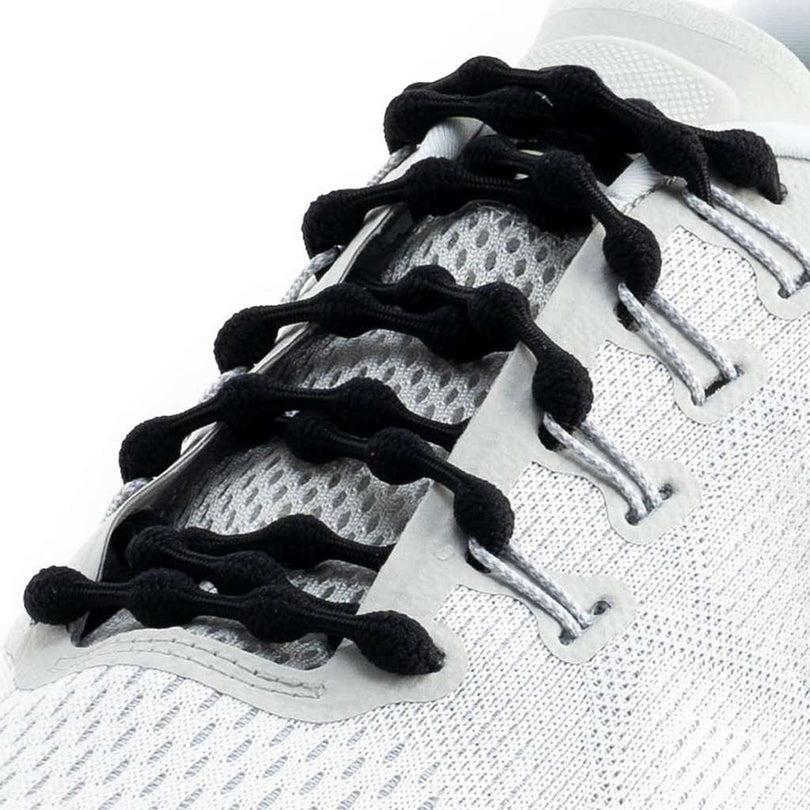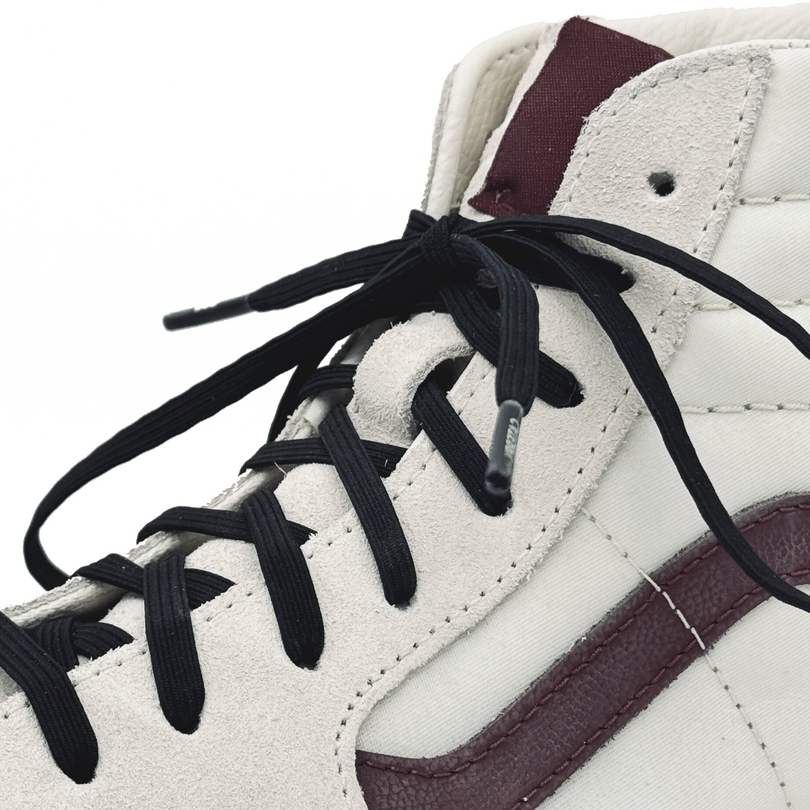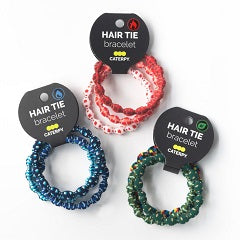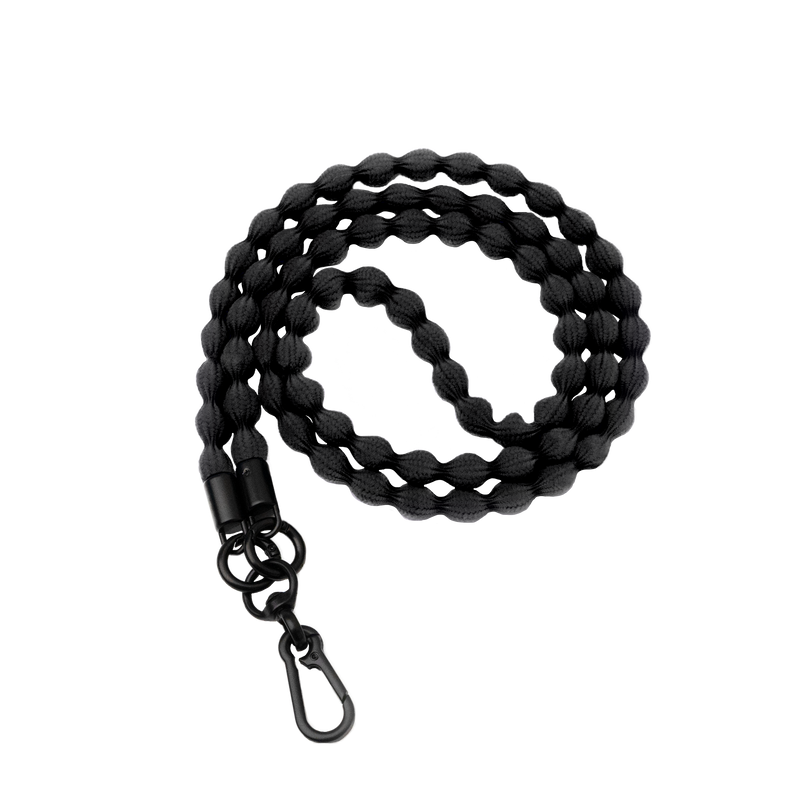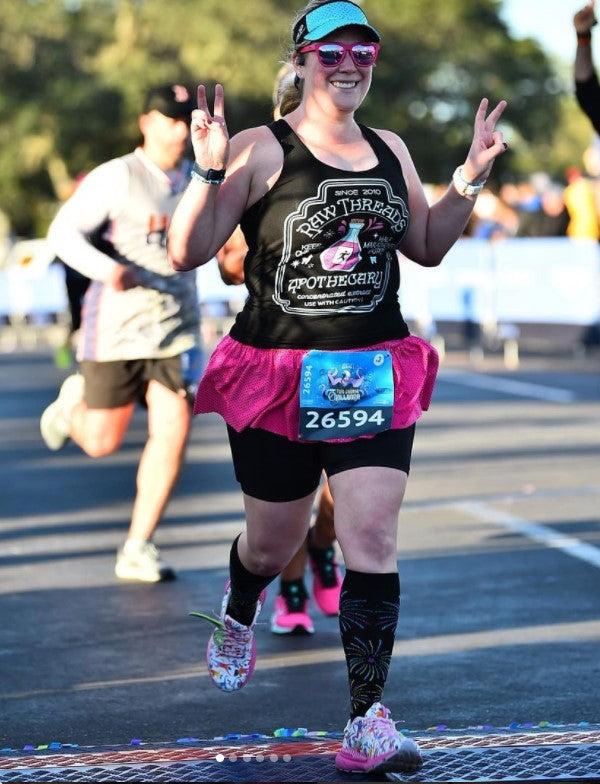Ever wonder how we went from:
This:

To This:

More importantly, why do we care?
The oldest record of shoelaces is Otzi the Iceman, a frozen mummy who died in 3300 BC and was found wearing bearskin shoes and with shoelaces made from lime bark
Recreationally, shoelaces were discovered being used by Greeks who wore rawhide lacing, as well as Roman soldiers who wore laced sandals around 2000 BC.

Until the late 1800’s buckles and buttons were the most common method of securing and fastening. Any shoelaces were made of leather, which doesn’t perform well in water

In 1968 Puma made the first Velcro sneakers, and in 1997 the first elastic laces came out as an alternative. The most popular way of securing shoes is of course the classic “granny knot”, as originally described in the 1867 publication of the “Sailor’s Word-Book”
While traditional shoelaces certainly have their pros, when it comes to familiarity and relatively quick release; the science of foot health has revealed that traditional shoelaces tend to act like a tourniquet by creating a choke point on the top of the foot. As a result various tying techniques and patterns have been utilized.

Of course, as technology has progressed so has the science of shoelaces and foot health. Enter Caterpy. This bump technology wonder has flipped the paradigm in shoelace design when it comes to comfort, convenience, performance, and customization. Caterpy is the only no tie shoelace approved by podiatrists and sports medicine doctors. Your feet support 100% of your body weight, improving foot health is of the utmost importance.

Can't get enough of all things foot health, shoelace science and history? Us either! Checkout the podcast drop with Dr. Tyson Franklin as he and Caterpy US Director sit down to talk about the progression of shoelace technology throughout history.

